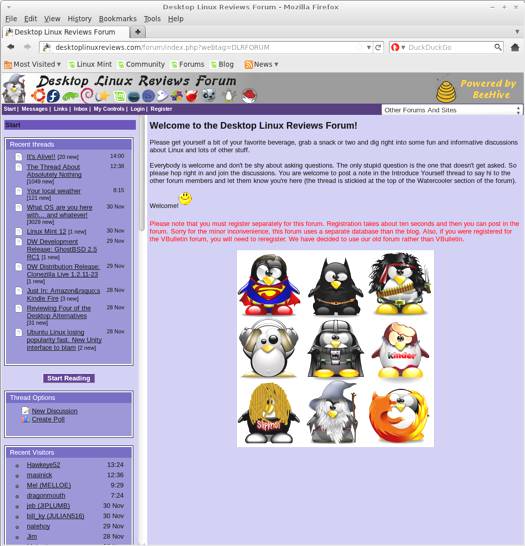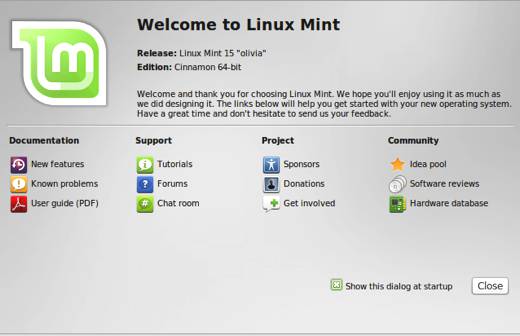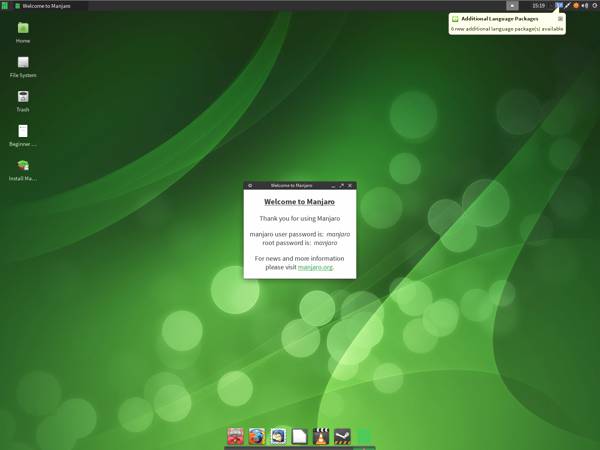Trisquel 6.0 LTS was recently released so it’s time to give it another look. Trisquel is a popular distro for users that prefer to use only free software. You won’t find proprietary software included in Trisquel, it’s dedicated to the idea of truly free software.
Here’s a bit of background from the Trisquel FAQ that explains the philosophy behind this distro:
“There are literally hundreds of GNU/Linux distributions designed to fill every conceivable niche. Only a handful of them are entirely free software; Trisquel is one such distribution. That’s why Trisquel is endorsed by Richard Stallman and the Free Software Foundation.
The popularity of GNU/Linux has skyrocketed in recent years. The major distributions are attracting large numbers of new users, but their distributors are not taking the opportunity to effectively teach these same users to value and protect their freedom. Our software is being advocated on purely utilitarian grounds (such as portability, stability, security, customizability, and lack of cost), so the casual observer is led to believe that “Linux” is just another OS, albeit a useful one. While it may appear to be a reasonable compromise for big-name distros like Ubuntu and Fedora to include some nonfree firmware, drivers, and applications in their mostly-free systems for which no complete free drop-in replacements exist, time and experience demonstrates that this only perpetuates the problem. If we want free software alternatives to emerge, our community must actively reject the non-free counterparts.
Trisquel is different. We naturally want to bring you an operating system that is tight, beautiful, and robust. We want your software to be feature-rich and work exactly as you expect it to. But we’ll never compromise your freedom, either.
Free software, unlike proprietary, respects its users essential rights, to ensure they can:
run the program, for any purpose
study how the program works, and adapt it to their needs (which requires having access to the program’s source code).
redistribute copies so they can help others, with or without a fee
distribute copies of their modified versions to others, so that the whole community can benefit. Again, access to the source code is a precondition for this.
Free software is a matter of freedom, not price, although free software is usually distributed at no charge. Think “free” as in “free speech”, not “free beer”.Many free software programs are copylefted. Copyleft is used by some free software licenses (most notably the GNU GPL) to protect the freedom to redistribute the program by requiring all modified and extended versions of the program to be free as well. It is a reversal of the typical use of copyright law (prohibiting others from reproducing, adapting, or distributing copies of a work), hence the name. Non-copyleft free software also exists. It is better to use copyleft in most cases, but if a program is non-copylefted free software, it is still basically ethical.”

Trisquel 6.0 LTS Boot Menu
What’s New in Trisquel 6.0 LTS
Here’s a sample of the new features in this release:
- Linux-Libre 3.2
- Xorg
- Abrowser 19
- GNOME 3.4
- LibreOffice 3.5
If you aren’t familiar with Linux-Libre, here’s a brief explanation of what it is and what it has to offer in Trisquel:
Linux-libre is an operating system kernel and a GNU package [3] that is maintained from modified versions of the Linux kernel. The aim of the project is to remove any software that does not include its source code, has its source code obfuscated or released under proprietary licenses from the Linux kernel. The parts that have no source code are called binary blobs and are generally proprietary firmware which, while generally redistributable, generally do not give the user the freedom to modify or study them. It is a prominent example of free software.
Abrowser now comes with full HTML 5 video support, as well as PDF support without a plugin, and it also supports instant messaging web applications on WebRTC.
GNOME 3.4 contains a number of improvements though it goes beyond the scope of this review to list them all. You can see a full list here.
There’s also a list of LibreOffice 3.5 features and fixes.
Suffice to say that this release of Trisquel contains some good stuff that makes upgrading to it worthwhile.
System Requirements for Trisquel 6.0 LTS
Once again, I was not able to find a list of Trisquel hardware requirements. The same thing happened when I went to write the last review for version 5.5. I urge the Trisquel developers to include a list on the downloads page or in the documentation. Perhaps it’s somewhere on the Trisquel site and I missed it? If so, please post the requirements in the comments below.
Since Trisquel 6.0 LTS is based on Ubuntu Precise, you might want to use that as a baseline for hardware requirements for this release.
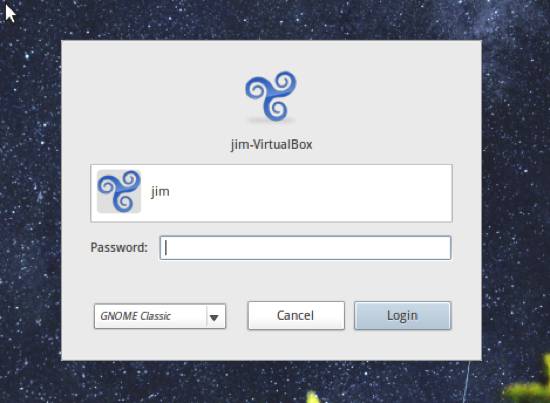
Trisquel 6.0 LTS Login
Trisquel 6.0 LTS Download
You can download Trisquel 6.0 LTS from this page. The file I downloaded weighed in at 728.9 MB. You can download Trisquel 6.0 LTS in 32-bit or 64-bit versions.
Note that you also have the option of downloading a version called “Trisquel Mini” that uses the LXDE desktop instead of GNOME. The mini version weighs in at a reasonably petite 500 MB.
There’s also a NetInstall version, and a Sources DVD, as well as a version with extra translations called “Trisquel i18n.”
If you’re a distrohopper then you might want to try it in a virtual machine via VirtualBox, VMWare, or Parallels before running it on real hardware. And if you’re totally new to Linux, then you might want to check out some of the books about linux available on amazon.
Trisquel 6.0 LTS Installation
The Trisquel install is fast and easy, it uses the same installer as Ubuntu.
Trisquel 6.0 LTS is a live distro, so you have the option of booting into it and using it without having to do an install onto your computer. If this is your first time checking out Trisquel, the live desktop is a good way to get a peek at it.
You can peruse a slideshow while your Trisquel install is completed.
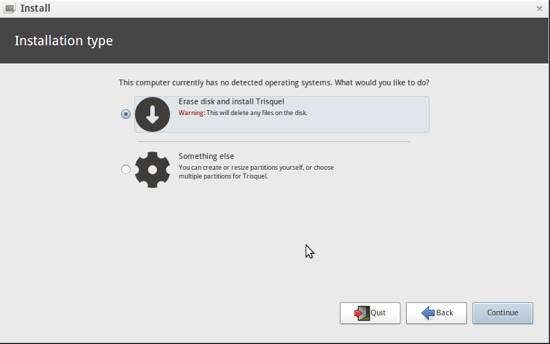
Trisquel 6.0 LTS Install Erase Disk
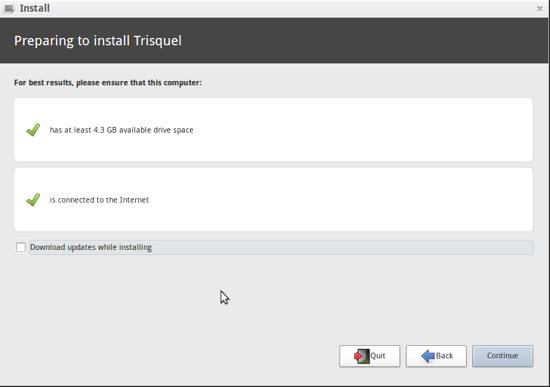
Trisquel 6.0 LTS Install Download Updates
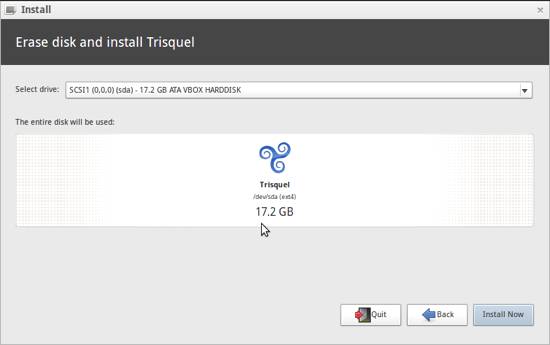
Trisquel 6.0 LTS Install Disk Selection
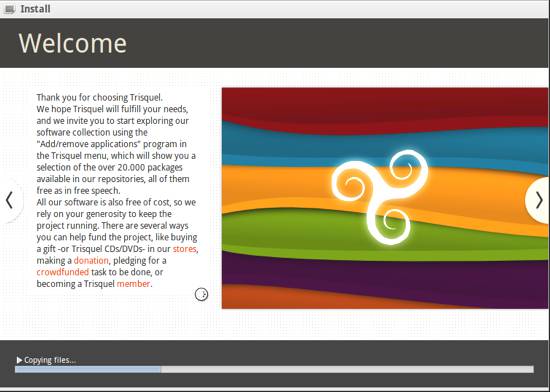
Trisquel 6.0 LTS Install Slideshow
The Trisquel 6.0 LTS Desktop
The Trisquel 6.0 LTS desktop is well organized, and relatively uncluttered. You’ll find four icons on the desktop:
Computer
Home
Network Servers
Trash
At the bottom you’ll find a panel with icons for the Trisquel menu, home folder, and web browser. Over to the right you’ll find icons for instant messaging, networking, volume, date, and to show/hide windows.
The Trisquel 6.0 LTS menu is old school, but that’s okay because so am I. You’ll find the usual application categories, software and system settings, places, lock screen, log out and shut down icons. It’s very simple and easy to use, even if you’ve never touched Trisquel before.
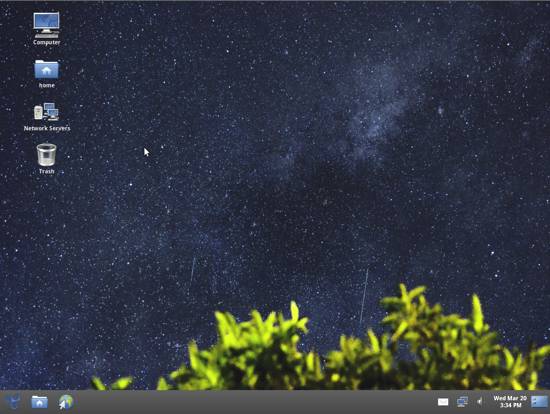
Trisquel 6.0 LTS Desktop
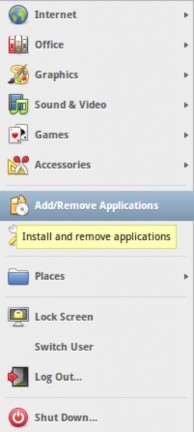
Trisquel 6.0 LTS Menu
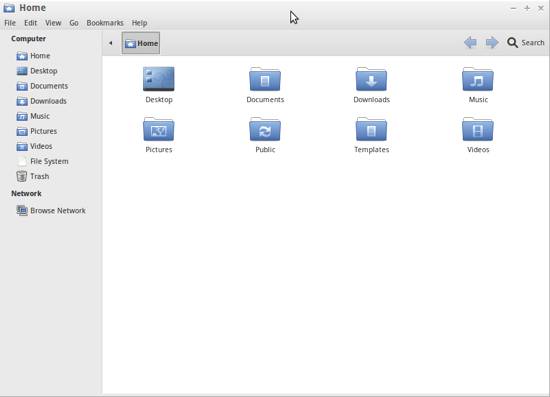
Trisquel 6.0 LTS Nautilus
Linux Software Included in Trisquel 6.0 LTS
Here’s a sample of the linux software included in this release.
Games
AisleRiot Solitaire
Chess
Mines
Sudoku
Graphics
GIMP
gThumb Image Viewer
Simple Scan
Internet
Abrowser
Evolution Mail and Calendar
Pidgin IM
Gwibber
Liferea Feed Reader
Remmina Remote Desktop Client
GNOME PPP
Transmission
Multimedia
Movie Player
Brasero Disc Burner
OggConvert
Pitivi Video Editor
Rhythmbox Music Player
Sound Recorder
Office
LibreOffice
Dictionary
Document Viewer
Linux Software Management Tools in Trisquel 6.0 LTS
The Add/Remove applications tool is found on the Trisquel menu. It’s broken down into the usual application categories, and you can search for applications. You can also see how popular an application is based on its star rating.
To update your system, just go to System Settings and scroll down to the System menu, then click on Update Manager.
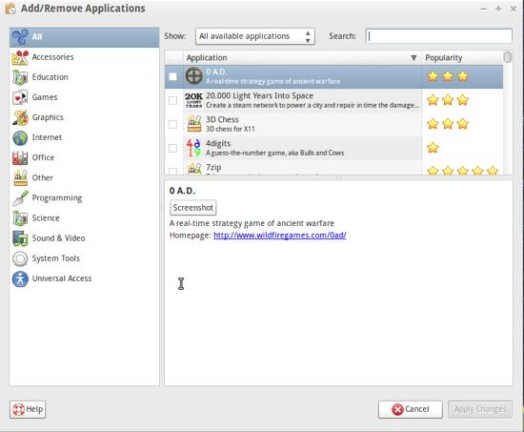
Trisquel 6.0 LTS Software Management
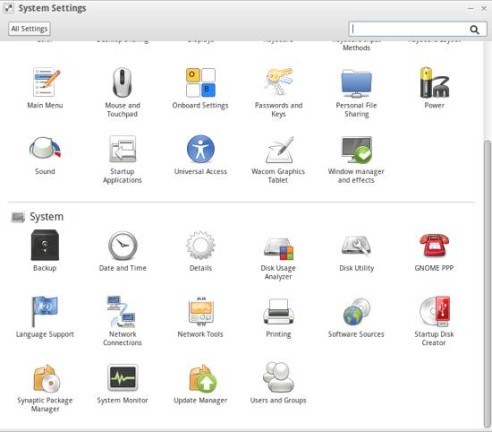
Trisquel 6.0 LTS System Settings
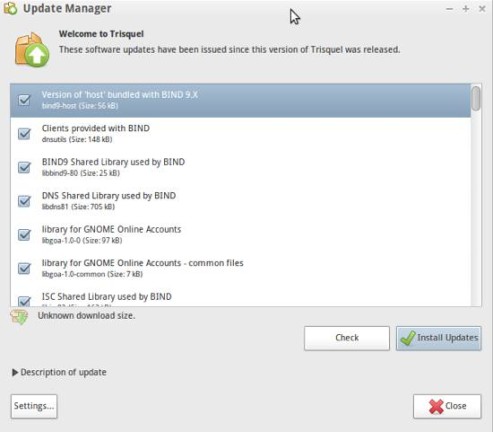
Trisquel 6.0 LTS Update Manager
Problems & Headaches Found in Trisquel 6.0 LTS
Trisquel 6.0 LTS installed and ran very well for me. I didn’t see any noticeable problems or issues while running it. It seemed to be quite speedy and stable during my use.
If you’ve run into any problems or issues, please share them in the comments below. It’s always helpful for readers to know about possible headaches before doing their own install.
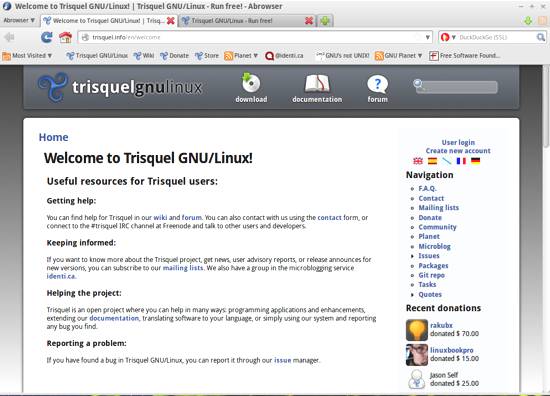
Trisquel 6.0 LTS Abrowser
Where To Get Help for Trisquel 6.0 LTS
If you’re having problems, please post your questions in the comments below or register for the DLR forum. Other readers might be able to assist you. You might also want to check out the Trisquel 6.0 LTS documentation or discusson forum.
If you’re new to Linux, you might want to check out some of the books available about it. You can learn quite a bit that you will probably find useful later on.
Final Thoughts About Trisquel 6.0 LTS
As with the last release, I’m very pleased with Trisquel 6.0 LTS. It’s a fantastic distro for anyone who believes in truly free software, and it’s still a fine choice even if you aren’t a free software purist but just want a great distro to use on your computer.
Trisquel 6.0 LTS is well suited for beginner, intermediate or advanced Linux users.
What’s your take on Trisquel 6.0 LTS? Tell me in the comments below. Visit Eye On Linux for Linux commentary; visit JimLynch.com for other technology coverage.
Summary Table:
| Product: | Trisquel 6.0 LTS |
| Web Site: | http://trisquel.info |
| Price: | Free |
| Pros: | Comes with truly free software; simple but intuitive interface; decent selection of bundled software. |
| Cons: | The Add/Remove applications tool is functional, but not elegant. It lags behind the Ubuntu Software Center and Linux Mint’s Software Manager. |
| Rating: | 4.5/5 |
